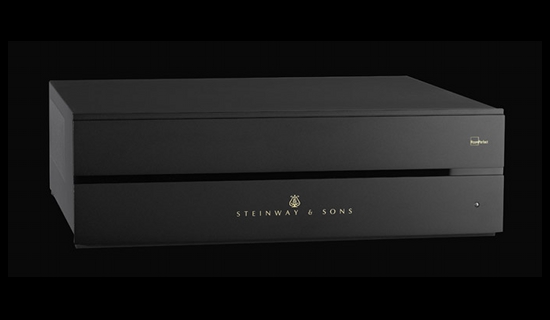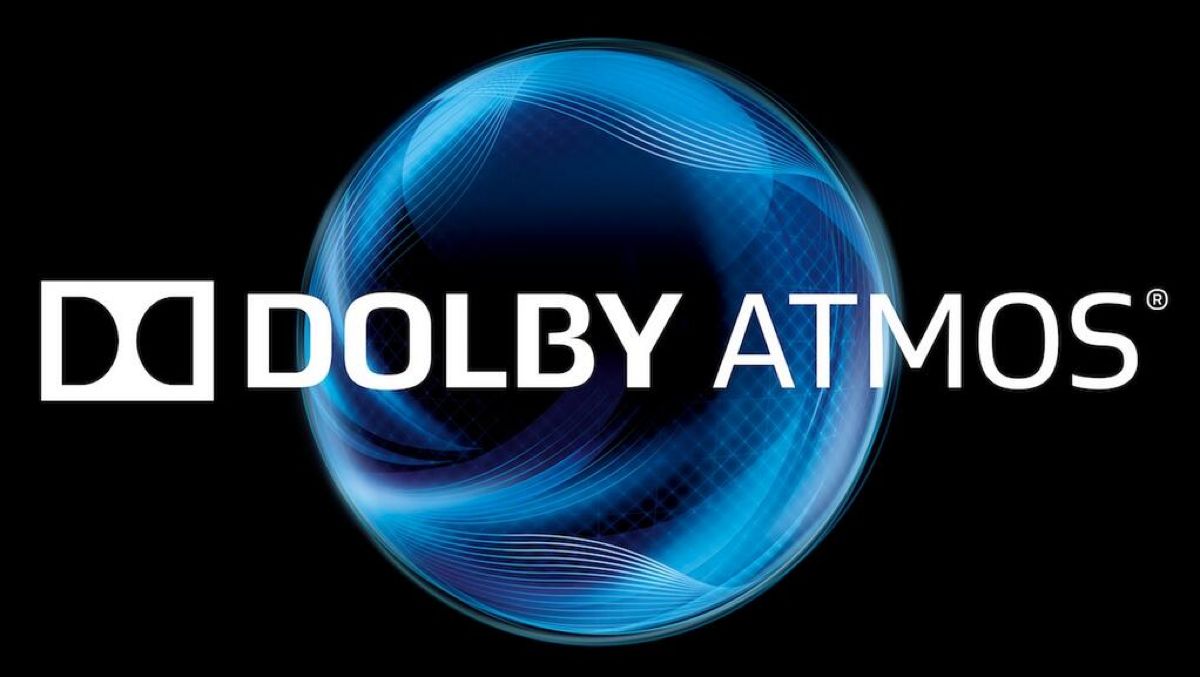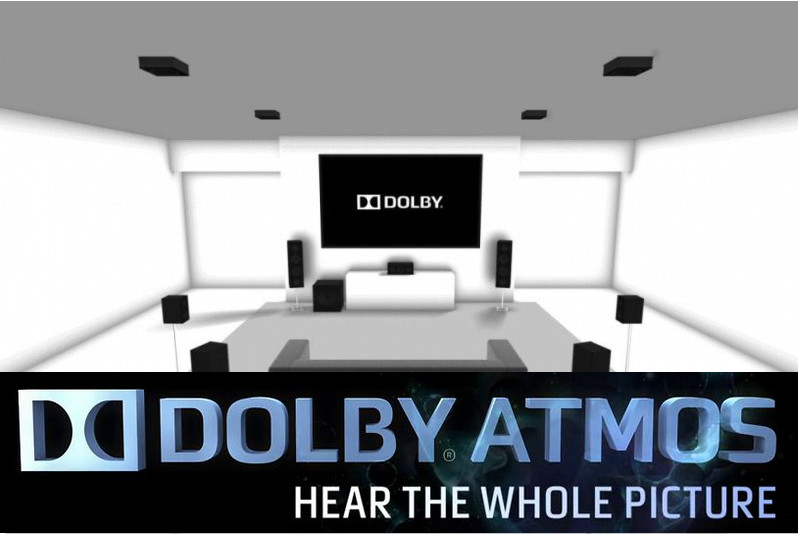

Everyone is talking about Dolby Atmos, the first AV receivers for this will be available shortly, and the first Blu-rays with the new audio format should also not be long in coming. But is it all just a scam to sell more speakers or is there really something behind it? An overview. Since 2012, not only has the image been three-dimensional in the cinema, but also the sound. Dolby Atmos is the name of the technology behind this effect, which was first experienced in the Dolby Theater in Hollywood. Some large cinemas in Germany, Austria and Switzerland are now also equipped with Dolby Atmos and, in combination with 4K projection, ensure a spectacularly realistic film experience. Now the new technology is slowly but surely finding its way into home theaters. But how exactly does Dolby Atmos differ from “classic” surround sound? 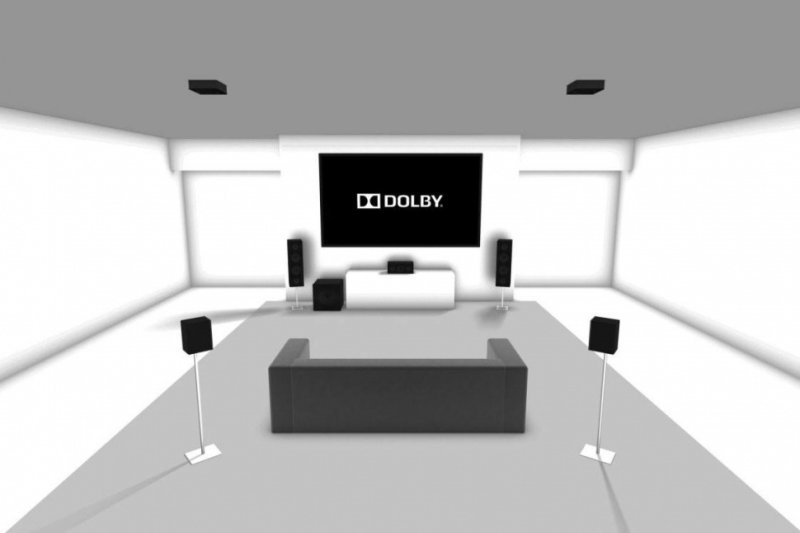
Dolby Atmos enables the sound to be placed in the room more precisely than surround systems such as 5.1 or 7.1 can. This is done with the option of assigning an individual signal to each of the maximum 64 speakers that can be used. It is important to use ceiling speakers, which create an additional level in addition to the sound from the front, back, left and right. This is not the case with the previous surround sets. Not only is there no sound from above here - the same sound signal usually reaches several speakers at the same time. With Dolby Atmos it is theoretically possible to use an unlimited number of sound tracks, but the first generation supports a maximum of 64 individual tracks.
But the new sound format is actually more than a Dolby TrueHD that has been bored out by additional tracks. For the first time, it promises realistic three-dimensional movement of acoustic objects in space. With previous audio formats, the surround scenery and acoustic movements are permanently coded into the various audio tracks during mixing. At home, the home cinema system then tries to reproduce this space defined in the studio as best as possible. And even with the advances that have been made in the measurements and room corrections in recent years, this reproduction is sometimes better, sometimes worse. The further the room and the placement of the loudspeakers deviate from a standardized cinema situation, the less likely it is that the acoustic representation will succeed correctly. At Atmos, Dolby takes a different approach: First of all, as before, 5.1 or 7.1 fixed audio tracks are assumed, which are produced and mixed as usual. This means that Dolby Atmos is logically compatible with older AV receivers. All other tracks are assigned up to 128 "audio objects". This can be a synthetic effect as well as the noises of a real object moving through space. Metadata is also stored for each of these audio objects, which contains information about the spatial position and size of each object at any point in time. This metadata is now also available to the AV receiver during playback, so that it is not only dependent on the specified audio signals. Strictly speaking, the receiver recalculates the acoustic movements of all audio objects in real time so that they can be reproduced optimally under the given conditions. The result is a realistic three-dimensional acoustic image, which was not possible with previous means and which should above all be significantly less dependent on the spatial conditions. 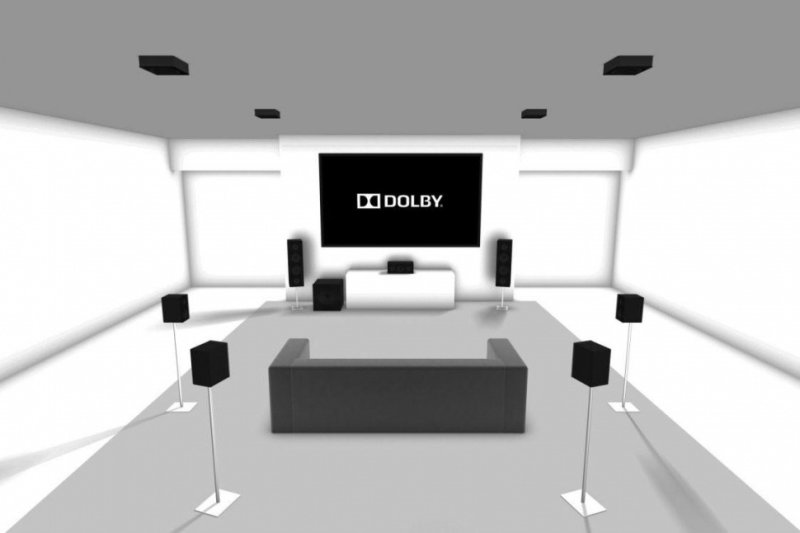
It becomes particularly spectacular when, for example, a helicopter moves from front left to back right over the audience. Then the loudspeakers are supplied with the corresponding signal one after the other on the simulated path of the helicopter. Ambient noises are also placed much more precisely and do not simply mix into a one-dimensional background backdrop. As a result, the viewer can perceive many more details and assign them spatially, so that they can better understand what is happening on the screen. The advantage of object-based audio mixing is that it should also work with smaller sets and do not have to install dozens of speakers. Of course, it makes perfect sense to use the space in the large cinema hall - but what does the home cinema fan do in the spatially limited Filmpalast at home? First of all, he needs a Dolby Atmos-capable AV receiver. Onkyo, Denon and Marantz added corresponding devices to their portfolios in June. After all: a new Blu-ray player should not be necessary, because the Dolby Atmos soundtracks are processed by the corresponding AV receiver.
In theory, Dolby Atmos should be able to improve the spatiality with a conventional 7.1 system. However, to achieve a real 3D effect, ceiling speakers are required in addition to the new AV receiver. There should be at least two, Dolby recommends four for a home theater setup. You can supplement an existing surround system and then turn it into, for example, a 5.1.2 (five main speakers plus subwoofer plus two ceiling speakers) or 7.1.4 system. Since it is clear that not all home cinema fans have the desire and opportunity to screw speakers to the ceiling, Dolby also looked for other solutions from the start. They believe they have found these in the form of special loudspeakers, in which an additional Atmos speaker is installed, which emits the corresponding signals upwards. The aim is to achieve an effect through reflections on the ceiling that is comparable to permanently installed ceiling speakers. Of course, it remains to be seen whether this is actually the case in reality. In any case, this idea is exciting, especially since there are even special Atmos add-ons that can be used to retrofit existing loudspeaker systems. Either way, you will not be able to avoid buying a new one if you want to upgrade to Dolby Atmos. At least if you have to buy a new AV receiver anyway, the additional investments are quite manageable. However, Dolby Atmos has to struggle with the same initial difficulties as all other new technologies: So far, apart from a few demo discs, there are no sources with the new format. The first films on Blu-ray with Dolby Atmos will probably only be available in the last quarter of 2014.
At least it seems to be moving much faster with Atmos than, for example, with the 4k resolution. Just in time for the season, practically all relevant manufacturers of AV receivers have announced the first Atmos-compatible products, and the first should actually be available these days. With Steinway & Sons, the first recognized high-end manufacturer has even announced a corresponding processor. And the first Atmos loudspeakers and loudspeaker add-ons will also be available soon. 